Anne, Duchess of Hamilton : the dress of a great seventeenth century Scottish lady.
Anne, 3rd Duchess of Hamilton was born into one of the wealthiest and most powerful Scottish families in Whitehall, London in 1631. King Charles I was her godfather. Due to the deaths of her brothers, father and uncle (the latter two in battles defending the King) she personally inherited the vast Hamilton estates in 1650. These spread across the West of Scotland from Arran across Clydesdale to Lanark and beyond.
A portrait said to be of Anne as a child (known as “œOne of My Lord’s Six Children”) shows her wearing sober dress of black and white with full, slashed sleeves and lace collar, bodice and cuffs. The waist is high and circled with a plain black ribbon. She also wears a plain white bonnet (perhaps of linen). Her simple dress possibly reflects her father’s Presbyterian views. It certainly contrasts with the colourful dress in the famous Van Dyck portrait of King Charles I’s children painted at a similar date. Nonetheless Anne also wears a fashionable fine pearl choker befitting her noble status.
She survived the turbulent years of the British Civil War, including the execution of Charles I and the Commonwealth period when Oliver Cromwell disinherited her and divided her lands between his allies. According to a much later account it was claimed that she existed during this time due to the financial support of her companion, Miss Maxwell of Calderwood. A skilled seamstress, Miss Maxwell earned their keep with her needlework. After Anne’s estates were restored to her by King Charles II in 1661, she rewarded her loyal supporter by giving her Craignethan Castle.
In 1656 Anne married William Douglas, 1st Earl of Selkirk. Theirs was an affectionate union and produced 13 children. Anne was a devoted wife and mother and her good works on the Hamilton Estates throughout her long life earned her the epithet of “œGood Duchess Anne.”
A staunch supporter of the monarchy Anne was also a stalwart Presbyterian. This led to a delicate political balancing act for her and her husband. Although Scotland and England shared a ruler in King Charles II, they still had separate parliaments until 1707. Much of Scotland resisted the lavish displays of the royal court in London and objected to the King’s harsh treatment of the Presbyterian Covenanters who opposed his attempts to impose Episcopal authority.
This internal divide was reflected in the dress of the Scottish nobility during the early Restoration Period. While some adopted the opulent costumes popularised at the English Court, others showed their neutrality or opposition by wearing more sombre, Puritanical fashions. Interestingly, Duchess Anne and her husband represented both sides of this divide. While the politically ambitious Duke William took care to dress in all the magnificence of the latest London fashions, Duchess Anne’s strong religious faith was reflected in the modesty and simplicity of her everyday dress. However, it was always made of the finest materials to reflect her high social status.
Her main home was Hamilton Palace, considered second only to the palaces of royalty in its scale and the splendour of its furnishings and architecture. In fact, under her charge it became the largest private residence in the western world at that time. It stood on The Low Parks, on the Clyde Valley, (not far from the then still small town of Glasgow) until its demolition in the nineteen twenties. Fortunately, the Hamilton archives survive, consisting of thousands of letters and documents. These record in fine detail the lives and belongings of several generations of this great Scottish family.
The Palace had between thirty and fifty servants at any time. The Duke had a valet-de-chambre to dress him, care for his wardrobe and wigs and to shave him. Likewise the Duchess had her ladies, who were usually addressed as “˜mistress’ out of courtesy. The footmen, coachmen, postillions, grooms and pages wore an impressive red livery to reflect the status of the Duke and Duchess.
Another valued employee was the washerwoman and contrary to modern wisdom hygiene was highly valued by the nobility of this time. Items such as handkerchiefs, and the Duke’s cravats, linen shirts and underwear were washed at least every second day. In 1696 a mangle was purchased for the washhouse, a very recent innovation, in order to help dry the linen and other items. The Duke and Duchess also took pains over their personal hygiene and purchased quantities of soap, sponges, items for cleaning their teeth and scented waters such as jasmine, orange and Queen of Hungary – a combination of rosewater, rosemary and spirits of wine.
While the Duke used Edinburgh tailors until the early 1670s, thereafter he purchased most of his clothes during his trips to the London Court. His coats and breeches were lavishly embellished with costly gold and silver lace as well as gold buttons. He had suits made of velvet, waistcoats of gold brocade and an impressive purple cloak lined with scarlet satin. However he did use local tailors for his linen clothes and underwear. Indeed most Scottish noble families purchased locally made linen in this period. Scotland excelled in its manufacture and also exported it to England and Europe. Linen drawers and linen cuffs both cost him 4 shillings while a waistcoat of linen was more costly at 10 shillings.
Sewing was considered one of the rather limited number of pastimes which were suitable for a noble Scottish lady.Anne and her daughters personally sewed the linen shirts and nightclothes of the Duke and his sons.
Anne was far less extravagant in her everyday dress than William. Her preference was for black gowns and in memory of her late father and uncle she wrote that “œmourning…is most suitable for me.” In this she sometimes found herself at odds with William who sometimes undertook to shop for her on his trips to London. This was where her finest gowns for grand occasions were acquired. In 1678 she requested that he buy her a black gown, dark mantua and dark petticoat. Undaunted the Duke returned with a scarlet satin petticoat and brightly patterned dresses instead! Anne’s reaction was not recorded.
A male servant also carried out errands for the Duchess in London, even buying her linen petticoats and stays. Although this may seem surprising it was not unusual and indeed all stay makers at this time were men and it was considered quite normal for noble ladies to be measured and fitted for stays by men.
Despite these London forays on the whole Anne’s dresses were made locally of dark colours and simple designs. Her preference was to shop for material in Edinburgh which had the finest selection in Scotland. She would usually visit James Row’s shop there and select from the silks, muslins and calicos (printed linen or cotton) available. Even the sober Anne could be extravagant however, for example she purchased a sable tippet for ‘£36 and an ermine muff for ‘£21 (each representing six months income or more for a typical middle-class family of the time.)
Anne’s dresses were usually made up by palace employee John Muirhead who bought the necessary accoutrements such as pins, thread and buttons at the local shop of Gilbert Hamilton. It was also John Muirhead, not a ladies maid or seamstress who made the Duchess’s petticoats and waistcoats (bodices worn above the petticoat) to be worn beneath the gowns. Sometimes made of silk, cloth of silver or satin these were more usually made of linen or flannel. Fine Scottish ladies at this date did not wear drawers – they were not considered at all respectable.
Two fine portraits of Anne as an adult survive. The first was painted by David Scougall sometime in the early Restoration period. For her portrait the Duchess sports a sumptuous silk or satin dress in sky blue. The low neckline drops to show the top of her shoulders and has a narrow white frill. The bodice is stiff and tapering and probably has a boned underbodice beneath or is boned itself. It probably drops to a full skirt with several petticoats underneath. The stiffness of the bodice contrasts with the extravagant puffed sleeves which billow out from the shoulder and are clasped back beneath the elbow to reveal the full white sleeves of her satin or linen shift beneath. Draped across her right shoulder and falling to her waist is a contrasting sash or loose shawl of burgundy purple, perhaps to further indicate her noble status. Her dark brown hair is smoothed back from her forehead and elaborately ringletted in the style made fashionable by Queen Catherine, consort of Charles II.
The clasps on her sleeves appear to be made of jewels or a precious stone such as onyx. She is also adorned at the neckline of her bodice with a traditional black cruciform brooch with three large pendant teardrop pearls. The cross may be made of onyx or even black diamonds and may be attached to the dress. Jewels were often sewn directly to gowns in this period, although by later in the seventeenth century they were more commonly worn separately as necklaces, chokers, bracelets and brooches. A great pearl choker is fastened round her neck and large pear-shaped pearls are suspended from her ears.
Even for her everyday dress Duchess Anne had a fine selection of jewels to choose from and it seems to be the case that even the most Presbyterian and puritanical Scottish noblewomen never felt the need to eschew wearing their dazzling jewelry. Diamonds and pearls were the most favoured pieces, the larger the better. In addition to her fine pearls Anne owned bejewelled pendants, necklaces, bracelets and crosses including a fine emerald crucifix. She had rings of diamond, emerald, ruby and sapphire as well as semi-precious pieces in cornelian, agate and coral. Like other ladies of her station she also possessed many loose diamonds ready to be made up in pieces according to the latest fashions. She often sent the Duke on errands to Richard Beauvoir, the favoured London jeweller patronised by the Queen.
In addition to her jewellery Duchess Anne also possessed a watch, another rare and costly possession (the Duke paid ‘£60 for his repeating watch in 1693). She wore it suspended from an ornate gold chatelaine hook, presumably worn around her waist. The hook is inscribed with a date of 1687 and still survives in the Hamilton Collection.
The second, more famous portrait of Duchess Anne was painted by court painter Sir Godfrey Kneller in 1679 as one of a series of studies of her family. Once again she has abandoned her customary sombre dress for the fashionable “˜deshabille’ of the period. By this date stiff bodices had given way to a much looser gown, known as “˜undress’. This was mainly worn only indoors and was not considered acceptable for outdoor wear. Later it would evolve into the fashionable mantua, acceptable even at royal balls by 1700.
A loose nightgown was worn over a smock of linen or silk. Anne again wears a blue gown, but this time of a shade closer to grey. While it was most fashionable to have the gown open at the front to reveal a decorative, embroidered corset Anne preserves her propriety by keeping it resolutely fastened up. The low neckline has a substantial frill of white smock above it with wide sleeves to the elbow and the loose puffed sleeves of the shift below which are gathered just above her wrists.
The loose gown is fashionably split from her breastbone to her waist, once again revealing the smock beneath. The skirts of the gown flow loosely and drape around her so that the shapes of her legs can be seen beneath it. Her hair is again fashionably high and curled, with a long single ringlet flowing down to her shoulders. As in her previous portrait she is adorned with pearl earrings and a great pearl choker.
Interestingly, in the very year in which this painting shows her as a typical lady of Charles I’s court Anne sheltered the defeated Covenanters (Presbyterians) from government troops after the battle of Bothwell Brig. They fled to the grounds of Hamilton Palace for sanctuary and Anne offered them her protection. The Duke of Monmouth, commander of Charles’ army, received a polite request from her not to enter her grounds “œlest he disturb the game [birds & hares]”.He agreed. In this way she saved the lives of the Covenanters who would otherwise have been put to the sword.
Anne outlived her husband and many of her children but no further portraits of her survive. When she died, aged 84, in 1716 she had a simple funeral at her own request, in keeping with the preference she showed throughout her life for modesty and sobriety. Nonetheless she performed her role as Duchess impeccably throughout her life and navigated the challenges of balancing her personal beliefs with the expectations of her station in often turbulent political times. The way in which she and the Duke dressed and portrayed themselves in daily life, in paintings and at Court played a significant role in this. Her line continues to this day and the modern Dukes of Hamilton.





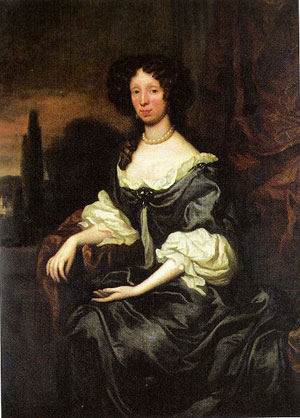


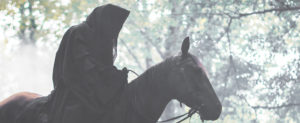







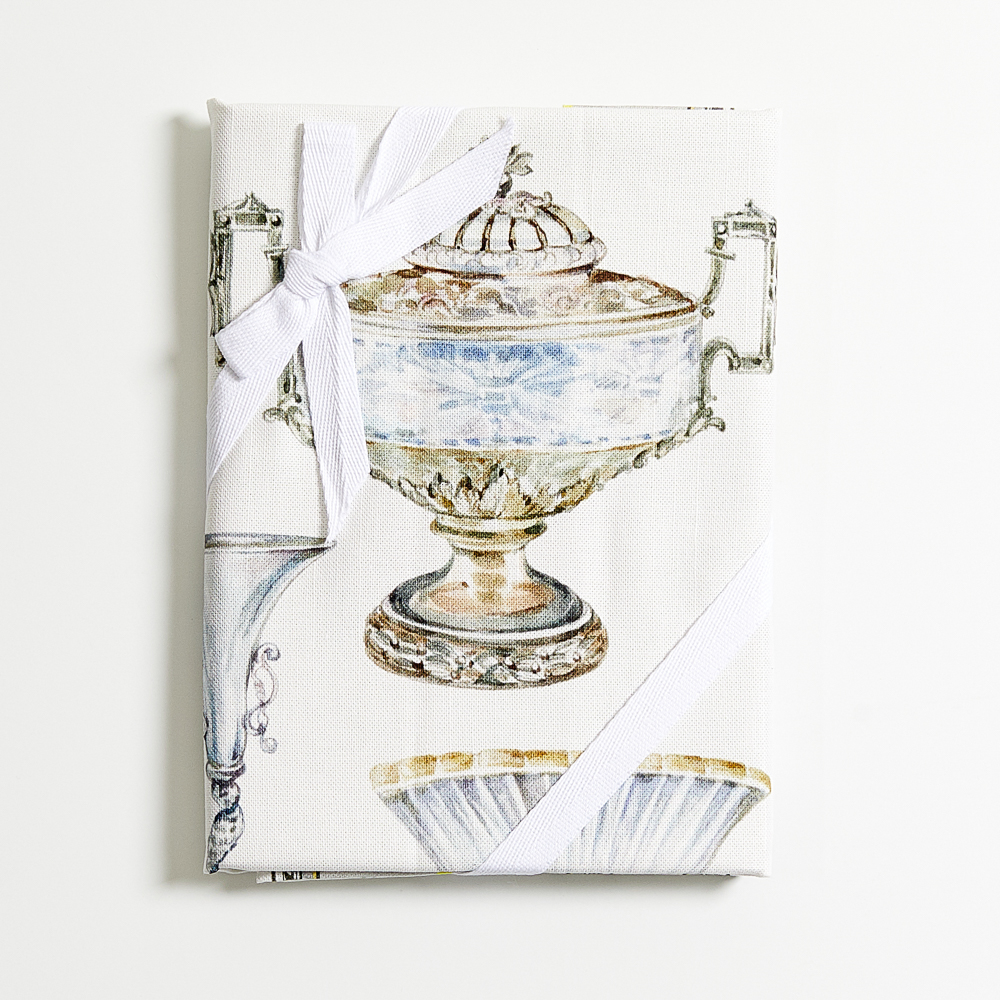







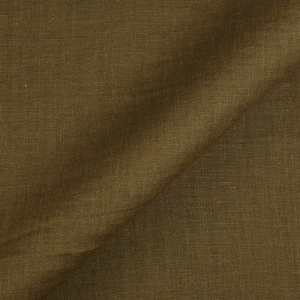
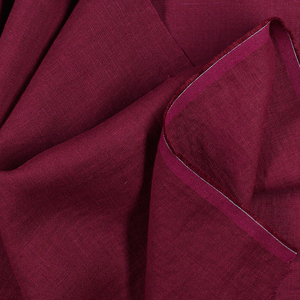
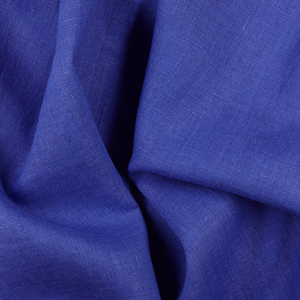




















One Comment
Michelle
I was wondering if you had any more information about the two portraits mentioned in the second half of the article. The portrait of the Duchess in a light blue gown with purple sash and the portrait of the Duchess in what would come to be known as a manteau. If you have any information on where these portraits might be held, I’d very much like to see if I could take a look at them.
Sincerely,
Michelle